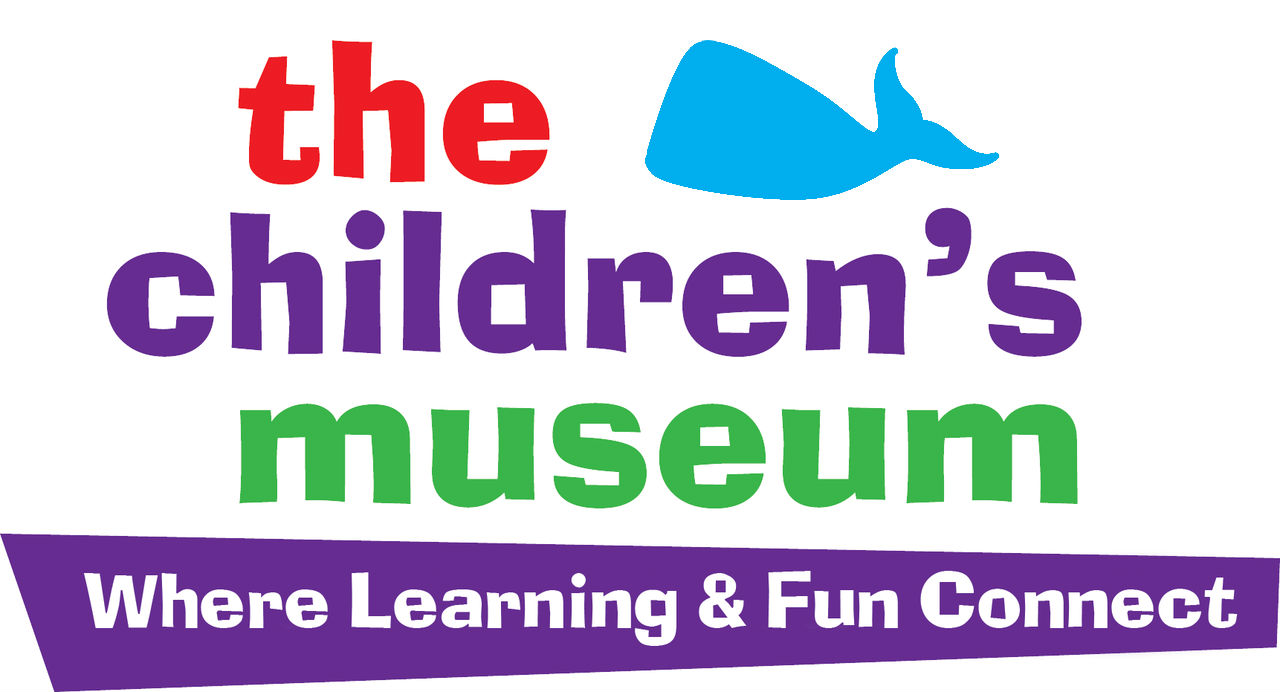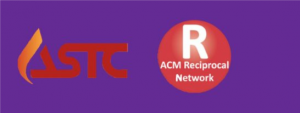The Children’s Museum’s sterling team of educators travels all across Connecticut, Massachusetts, and New York, bringing science to schools, libraries, scout meetings, and more. Looking to save on cost and time, or if space is an issue, our team of educators can also come to you virtually!
With more than 20 programs for grades PK-8, our outreach covers a wide variety of topics that are sure to spark excitement for science. Our assembly programs can serve large audiences and are filled with spectacular demonstrations on chemistry, sound, electricity, flight, and more. Live animals from the Museum’s Wildlife Sanctuary can hit the road to visit you. We bring the night sky indoors with the STARLAB portable planetarium. Hands-on classroom programs let smaller groups get up close and personal with engineering, slime, insects, forensics, music, and other science subjects. In our science showcases, hands-on, museum-style exhibits explore electricity, magnets, lights, motion, and bubbles.
Schedule a traveling classroom program today! For questions or to schedule a program, contact our Registration Department or call (860) 726-4008.
Click here to view our Educator Program Guide
Course List
Live Animal Programs
Animal Adaptations & Habitats
Grades K-8
NGSS: LS1.A/B, LS4.B/C
Study some of our Wildlife Sanctuary animals and determine the unique ways they have adapted to meet their specific needs. Compare similarities and differences between mammals, reptiles, amphibians, and insects.
Featuring Frogs
Grades K-2
NGSS: LS1.A/B, LS4.B/C
Learn about amphibians’ unique life cycles. Compare and contrast frogs from around the world as you discover what makes them so unique.
Animal Life Cycles
Grades 2-8
NGSS: LS1.A/B, LS4.B/C
Learn about the unique life cycles of amphibians and insects and their amazing adaptations that help them to survive.
Endangered Species
Grades K-8
NGSS: LS1.A/B, LS2.C, LS4.B/C
Explore the reasons why some animals become extinct while others thrive.
Connecticut Wildlife
Grades K-8
NGSS: LS1.A/B, LS4.B/C
Get up close and personal with some native Connecticut animals and learn about the human activities that affect them.
Cold-Blooded Creatures
Grades K-8
NGSS: LS1.A/B, LS4.B/C
Encounter Reptiles and Amphibians from around the world and discover what it takes to live in their different habitats.
From Rainforests to Deserts
Grades K-8:
NGSS: LS1.A/B, LS4.B/C
Some animals thrive in the humid rainforest, others in the dry desert. Examine the adaptations of these animals from such dramatically contrasting habitats.
Food Webs
Grades K-8:
NGSS: LS1.A/B, LS4.B/C
Meet a group of animals and discuss how they would fit together as a food web in their natural habitats.
Live S.T.E.A.M. Programs
Weather Wonders
Grades K-1
NGSS: ESS2.D
Get students excited about paying attention to the weather around them. Learn about the seasons and how they impact our day-to-day weather
Budding Botanists
Grades K-2
NGSS: LS2.A
Investigate plants from the inside out by dissecting flowers. Learn about their lifecycles and why plants are so important to humans.
Polymer Power
Grades K-6
NGSS: PS1.A/B
Students will conduct slimy experiments to learn about solids, liquids, and the strange chains called polymers.
Crime Lab
Grades 1- 4
NGSS:
Students become super sleuths as they decode fingerprints and analyze ink composition. They will be challenged to solve a crime using their new skills.
Inventing
Grades 1-8
NGSS: ETS1
Student teams use critical thinking skills to invent a new machine. What will your students create?
Can You Dig It?
Grade 2
NGSS: ESS2.A
Examine different types of soil and find out how they are formed. Students will conduct hands-on experiments with dirt.
Rock On
Grades 3 & 4
NGSS: LS4.A
Learn how igneous, sedimentary, and metamorphic rocks form. Examine rocks and minerals for geologic clues.
Chem Tech
Grades 4-8
NGSS: PS1.A/B
This microchemistry program challenges students to analyze variables and discover the causes of more than 25 surprising chemical experiments.
Electricity and Magnetism
Grades 4-8:
NGSS: PS1.A
Students will tinker with electricity and magnets in stations as well as see some electrifying demonstrations.
Building Better Bridges
Grades 4-8:
NGSS: EST1
Discover shapes and designs that have helped bridges bear heavy loads for centuries.
Environmental Science
Grades K-8
NGSS: ESS2.C, ESS2.E, ESS3.A, ESS3.C
Study how human activities affect our environment, including air, water, and land. Determine ways to reduce human impact on the environment.
Paleontology
Grades K-8
NGSS: LS4.A, LS4.B
Learn how fossils tell us about life in the past, Compare modern and fossil forms (shark, squid, clam, brachiopod) to understand the similarities and differences over time as evolution shapes all life.
Assembly Program
Grades K – 8
Our Science Adventures allows you to choose three topics, each filled with spectacular and educational demonstrations. Choose three of the fun-filled topics below.
Animals
Two live animals from our sanctuary will travel to your school. Students will learn to compare and contrast animals’ adaptations
Chemistry
NGSS: PS1.A/B
The amazing reactions in this module will glow, ooze, change color, and explode!
Combustion
NGSS: PS1.A/B
Learn about heat, matter, and the fire triangle. Brace yourself for the flaming vortex and chemical cannon!
Electricity
NGSS: PS1.A
Your students will have a hair-raising experience as we compare static electricity to high-frequency alternating current.
Light
NGSS: PS4.B/C
Students will enjoy watching experiments with ultraviolet light and bending laser beams. The program ends with a high-powered musical finale. To be most effective, we must be able to work in a darkened room.
Liquid Nitrogen
NGSS: PS1.A/B
Witness a liquid that is 321 degrees below zero! Experience the astonishing results that liquid nitrogen can create. This module is a great companion to the combustion module.
Physics
NGSS: PS2.A/B
Your students will be amazed by Newton’s Laws of Motion and how they apply to everyday life. Watch a tablecloth disappear and see the world’s fastest pencil.
Weird Science
NGSS: EST1
You won’t believe your eyes as we present the screaming stick, the electric pickle, the flying French fries, and other very surprising demonstrations.
Sound
NGSS: PS4.A
Now hear this! Students will find out how vibrations make sound, see how it moves, and hear a sonic boom!
The Wizard’s Lab Science Showcase
Grades K-8
Students will engage in hands-on experiments exploring electricity, magnets, solar power, lasers, and more. Ask us about any special topics you might like to include during this program.
Program length: 60 Minutes
Maximum Audience Size: 30 – But can be set up for ongoing demonstrations at science fairs, back-to-school nights, or other larger groups.
PLEASE NOTE: The Wizard’s Lab requires a large room with long tables, access to electricity and water, 45 minutes for setup and clean up.

STARLAB: Traveling Planetarium
Have the museum bring the STARLAB to you. With a large all-purpose room, you can have the stars come to you, learn about stars, day and night, and stories of old used to describe what is in the night sky. Pricing and space requirements are unique, please see below.
Program length: 45 minutes
Maximum # of Children: 30
Room requirements: A large room with a clear space of at least 25’x25’ with at least 10’ ceilings, access to an electrical outlet, and 45 minutes for set-up and takedown.
Cost: $330 for the first presentation, discount available for multiple programs on the same day. (up to 3 additional presentations).
Starry Safari
Grades PreK-2
NGSS: ESS1.A/B, LS1.A/B
A special tour of creature constellations from around the world. Hear the amazing tales people told about how those animals got placed up in the night sky. Bring a constellation to life and meet a live animal from our wildlife sanctuary!
Junior Night Owls
Grades K-2
NGSS: ESS1.A/B
Introduces young astronomers to the night sky. Learn what causes day and night, and how to form the constellations.
Mighty Moon
Grades 2-6
NGSS: ESS1.A/B
A deeper look into our Earth’s next-door neighbor. Learn about moon phases, eclipses, the moon’s critical role in space exploration, and about the moons orbiting other planets of the solar system.
Out of this World
Grades 2-6
NGSS: ESS1.A/B
Travel the Solar System to meet your planetary neighbors as you journey to exotic worlds and strange moons.
Stories by Starlight
Grades 2-6
NGSS: ESS1.A/B
The folklore from Greece, Africa, Native American tribes, and other cultures comes alive. Learn how different cultures view the constellations and the science behind them.
Preschool Classroom Programs
Preschool classroom programs serve children ages 3-5 and are aligned with the Connecticut Early and Development Standards (CT ELDS). Featuring cross-disciplinary connections, each program has a Literacy/Story component, a Language component with new vocabulary and conversations, and the Science and Social Studies connections listed below.
Animal Lessons
This popular investigation has many options, some of which are listed below but feel free to call and see if we offer different animals you wish to study. Animal lessons include visitors from the Wildlife Sanctuary. Learning Strands: unity and diversity of life, living things and their interactions with the environment and each other, observing similarities and differences, adaptations, extinction, life cycles, camouflage.
Meet the Animals
Learn the differences between a mammal, a reptile, an amphibian, and an insect.
Furry Friends
They may be furry, but what else makes an animal a mammal?
Something Froggy
Hop to it! Learn all about the metamorphosis from tadpoles to frogs.
Encountering Dragons
Leaping lizards! Don’t be afraid when you come face to face with living dragons and learn more about reptiles.
Turtles, Tortoises, and Terrapins
Have a visit from one of the most unique and longest-living creatures on earth. They’ve been around since dinosaur times!
Insect Investigators
Some are creepy, others are crawly, but all are fascinating as we learn about these 6 legged friends.
Color Play
This class features hands-on science experiments. Explore and experiment with color using a variety of materials. Mix, match, and make discoveries.
Learning Strands: applying scientific practices, investigating cause and effect, using evidence to make connections
Construction Zone
Design your own structures and learn about some amazing man-made and creature-made structures in our world. Learning Strands: properties of matter; attributes and functions, problem-solving, cause and effect, adaptations
We Like to Move It!
Investigate Energy, Force, and Motion. Does it slide, roll or stay put? Use ramps to explore concepts of movement and how movement can be changed. Learning Strands: properties of matter, how speed and direction can be varied, making observations and predictions, experimenting with cause and effect
From Seed to Plants
Learn how those tricky seeds can travel and all about the plants around us. Experiment with the different parts of a plant or flower. Learning Strands: unity and diversity of life living things and their interactions with the environment and each other, observing similarities and differences, life cycles
Astronomy Adventures
Introducing astronomy to preschoolers, these classes utilize our STARLAB Traveling Planetarium. Bring the stars to class, today! Learning strands: Making observations and predictions, investigating cause and effect, change over time, and the use of technology to help us understand the world around us, using evidence to make connections.
Moon’s Mysteries
Learn all about the moon, why it seems to change, and what we know about this mysterious thing we see in the sky.
Sun and Shadows
Learn all about the sun. Experiment with light and how it creates shadows around us.
Starry Safari STARLAB*
A special tour of creature constellations from around the world. Hear the amazing tales people told about how those animals got placed up in the night sky. Bring a constellation to life and meet a live animal from our wildlife sanctuary!
* For STARLAB details, see page 10 & 11




